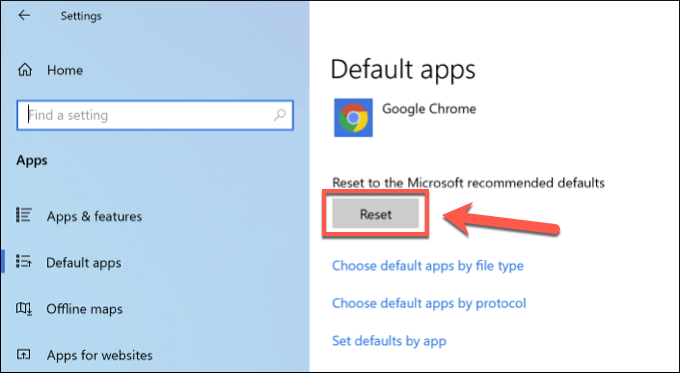

- #CHANGE DEFAULT PROGRAM FOR FILE TYPE ON MAC MAC#
- #CHANGE DEFAULT PROGRAM FOR FILE TYPE ON MAC WINDOWS#
Most of the time, the Other… menu selection is used to choose an alternative app - in this case, I might select Adobe Photoshop CC to open the.

png graphics file, and you’ll most likely see an error message like the one shown below: (Error message noting that GarageBand cannot open a. Select a totally incorrect app - say, GarageBand - to try to open a. The alternative is “Enable All Applications”, in which case you can try to force an application to open a file. With this dialog, selecting “Enable Recommended Applications” displays apps that are known to be associated with a specific file type. In this case, select Other… from the contextual menu and a dialog similar to the one seen below appears: (Other… provides a way to select an application to open a file.)
#CHANGE DEFAULT PROGRAM FOR FILE TYPE ON MAC MAC#
Perhaps you want to use another app that’s installed on your Mac - but not listed - to open the file. If the app you want to use isn’t on the list, select App Store… from the menu to see apps that are available in the Mac App Store which can edit or open that type of file. png file displays the same list of apps when right-clicked and Open With invoked.
#CHANGE DEFAULT PROGRAM FOR FILE TYPE ON MAC WINDOWS#
However, there are a number of apps that are also able to open that type of app - Adobe Photoshop CC and several other photo editing apps, Safari and other browsers, a few text editors, and even (through Parallels Desktop) a few compatible Windows apps.Īny. (Right-click on a file and select Open With to view associated applications.) At the top of the list of associated applications is Preview, which on this Mac is the default application for viewing and editing the graphic file. png (portable network graphics) file and selected Open With from the menu. In the example screenshot below, I’ve right-clicked a. Doing so displays a menu, and selecting Open With from that menu generates a list of all of the apps on the Mac that can open and/or edit that file type. The most simple way to find out which applications installed on a Mac are associated with a file type is to right-click (or control-click) the file. In this Quick Tip, we’ll show you how to take control of macOS file associations. Do you know what a “file association” is? Although it sounds like a club for people who like to use steel tools for smoothing or shaping hard materials, it’s actually an information technology term referring to applications that can open a particular type of file. For example, a macOS file with a “.docx” file extension has a primary association with Microsoft Word, but can also be opened by Pages, Preview, TextEdit, and a number of other apps.


 0 kommentar(er)
0 kommentar(er)
